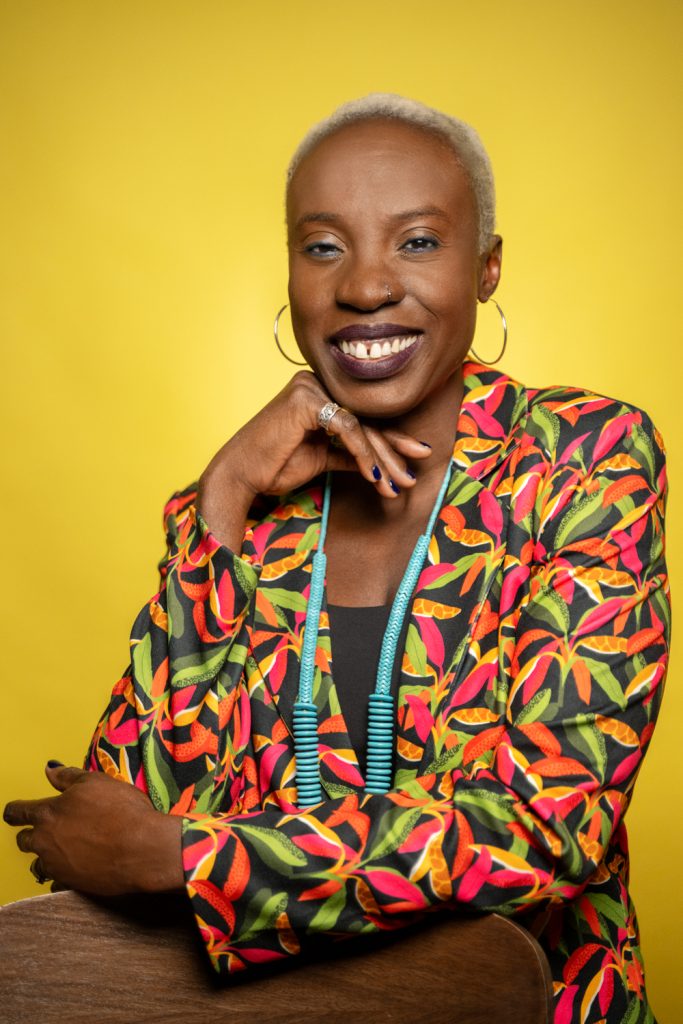On a two-week visit to Thailand with our program director to visit several True Costs Initiative grantee partners, including the Community Resource Centre Foundation, I learned that real community lawyering looks nothing like “traditional” lawyering, and it is precisely that characteristic that makes it such a potent tool for protecting environmental and human rights.
On one occasion, the teams drove to one of the rural communities being impacted by potassium mining in the Udon Thani province in the Isan region. We spent each day participating and listening in community consultations. Community representatives shared their experiences of being intimidated by the mining company and discussed community experiences before and after the company’s mining related activities.
The grassroot organization discussed its work with communities focusing on community mapping, while the foundation reiterated that the communities and representatives at this convening were the experts before sharing their legal expertise and their learning from other cases.
I left the meetings with a new perspective on what community lawyering looks like, clarity on why philanthropy has to deepen its support for community lawyering if we ever hope to make even a dent in the fight for corporate accountability and human and environmental rights, and the conviction that traditional lawyering (top-down in approach, lawyer-centered, “law-first” and nonholistic approaches tone deaf to communities’ self-determined strategies) has much to learn from community lawyering.
